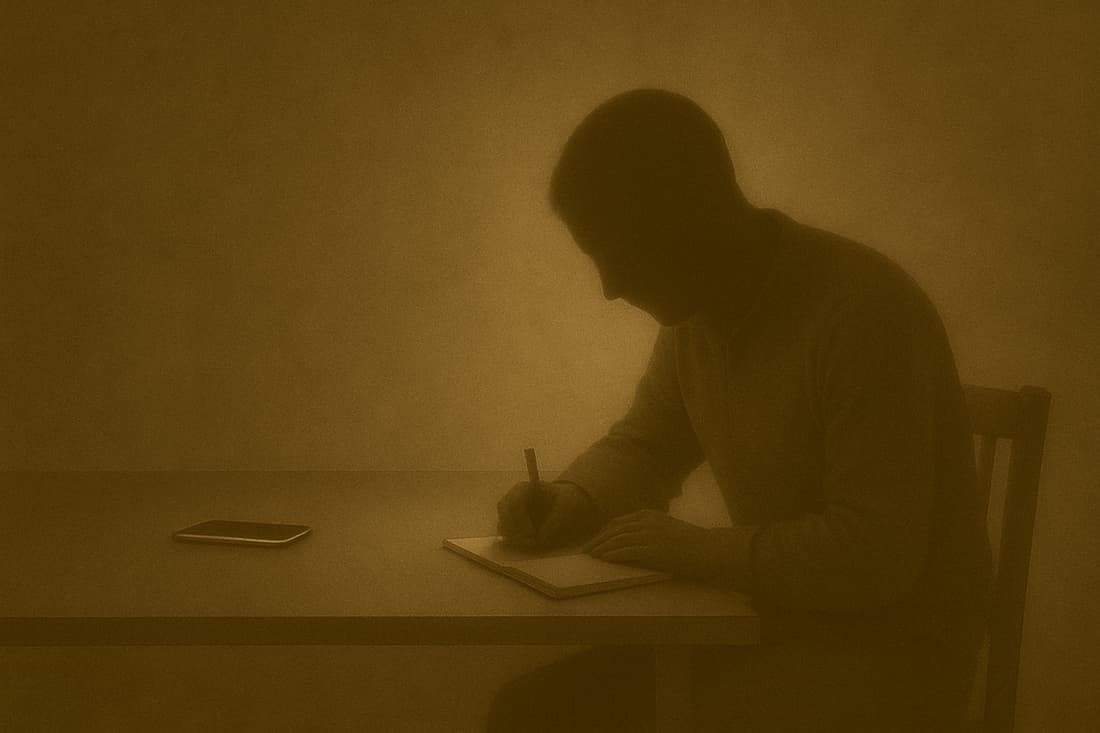Everyday activities—gaming, gambling, shopping, even routine smartphone use—can slide into patterns that feel impossible to control. Recognizing and admitting there is a problem is the crucial first step; it transforms vague worry into a concrete decision to seek change. Paths to recovery vary—professional therapy, peer support, financial planning, digital detox—and no single route fits everyone. What matters is finding the combination that works for you. This article outlines realistic, evidence-based strategies for each stage of recovery: from acceptance and treatment options to rebuilding your finances and emotional resilience. With commitment and the right support, lasting change is possible, and a balanced, self-directed life can be regained.

Admitting that a behavior has become an addiction is a turning point in recovery. Until that moment, the behavior remains hidden and keeps growing. Naming the problem makes change possible.

Feeling fear, shame, or denial when facing this truth is natural. You may worry that others will judge you or convince yourself that the habit isn’t serious. These feelings are your mind’s way of protecting you from pain.
Start by tracking one behavior—such as late-night scrolling or unplanned purchases—for several days. Note the time, your mood, and what triggered the urge. This simple log turns vague worry into clear patterns. Then set a clear intention: “Today I will wait five minutes before checking my phone after dinner.” Post this note where you will see it. When you follow through, you prove to yourself that change works.
The real shift happens when you recognize that asking for help is not a sign of weakness but a deliberate choice to protect your well-being. Deciding to schedule a therapy session or join a peer group moves you from isolation into a supportive community and shows that you value your own health. In making that choice, you turn vulnerability into a source of strength—proving that seeking assistance is one of the most courageous steps you can take on the road to recovery.

Professional therapy breaks the cycle of addiction by exploring the thoughts and emotions that drive compulsive actions. One widely endorsed approach is cognitive behavioral therapy (CBT), which helps individuals identify their personal triggers and beliefs and replace them with healthier patterns of thinking. In cases of compulsive betting, research points to CBT as the best therapy for gambling addiction, especially when combined with motivational interviewing or family support.
In individual sessions, the therapist works one-on-one with the client, allowing for an in-depth examination of personal history and helping to uncover and address the underlying factors that led to and reinforced the addiction.
Group therapeutic work is a process in which participants, under the guidance of a specialist, jointly explore their feelings, experiences, and behavioral patterns.
Working in a group allows each member to receive feedback, gain an external perspective, learn new coping strategies, and build an experience of support and acceptance. A safe atmosphere and structured interaction help to accelerate personal change.

Alongside professional therapy, many benefit from joining support groups for addiction, where anonymity allows for honest sharing without fear of stigma. These peer-led communities—whether focused on gambling, digital dependency, or other behaviors—offer a practical forum to discuss everyday challenges and problem-solving techniques.
Members speak openly about the steps they took to adjust routines, manage setbacks, and handle relapses. For example, someone might explain how setting small spending limits helped prevent impulsive purchases, or how agreeing on device-free hours reduced compulsive screen use. Such real-life examples offer concrete ideas grounded in experience, rather than abstract advice.
When selecting a peer community, look for one that matches your type of addiction and offers a safe, anonymous environment. Ensure the group’s format and atmosphere feel comfortable and supportive, and that meetings are held regularly.

Overcoming digital addiction begins with recognizing how screen use shapes daily life—how it affects work, socializing, and rest. Over time, constant engagement erodes focus, increases stress, and can hide deeper emotional triggers. Addressing this requires more than deleting apps—it means redesigning habits and environments to reduce automatic checking and restore intentional attention.
Begin by measuring your actual use. Keep a simple log for a few days, noting when and why you pick up your phone or open a browser. You might find that boredom, stress, or habit drives most of your screen time. With that data, set modest goals—perhaps cutting social-media checks from 20 times a day to 10—and adjust your environment to support them. For example, place your phone in another room during meals, disable nonessential notifications, or use a timer that locks the screen after a set interval.
Here are some digital detox techniques to restore balance:
Start gradually—for instance, take a 10-minute break every hour—and notice how small pauses allow your mind to settle. Pair these breaks with a non-digital habit: stretch, step outside, or jot down a thought in a notebook. Over time, these deliberate shifts weaken the pull of automatic checking and help rebuild your natural capacity for sustained focus.
This digital detox is key to learning how to recover from behavioral addiction. By cutting back on screen use, you uncover the emotional and thought patterns that drive your urges.
Compulsive behaviors often create debt that feeds stress and triggers further impulsive spending. Financial recovery after addiction depends on practical, step-by-step actions:

Pay attention to your personal “money triggers.” Notice situations—stressful days at work, loneliness, boredom—that prompt impulsive buys. When you feel the urge, pause and ask: “Do I need this, or am I avoiding an uncomfortable feeling?” Over time, this simple question can break the link between emotion and spending.
Regaining financial control not only reduces money worries but also strengthens confidence in handling other recovery challenges.
Addiction can emerge as a protective escape from painful emotions—such as hurt, anxiety, guilt, shame, or boredom. It is crucial to learn to understand, accept, and experience these feelings while maintaining psychological balance and avoiding harm to yourself or others. Over time, these moments of awareness build an inner stability that weathers stress and reduces the likelihood of returning to old habits. If a person has not learned to tolerate emotions, they will seek ways to “not feel” again. Developing emotional resilience is one of the critical steps to recover from addiction, helping you manage urges and rebuild a stable sense of self.
Integrating mindfulness and recovery practices strengthens this resilience:

During recovery, flare-ups, minor relapses, and emotional ups and downs may occur, but emotional resilience helps you treat these events as learning experiences rather than catastrophes. Relapses usually happen because of triggers—situations, feelings, people, or environments that provoke cravings and set off automatic behavior. Techniques to manage triggers include:
Coping with addiction relapse begins by treating any slip not as a failure but as a learning opportunity. It is important to analyze the relapse: what preceded it, which feelings, thoughts, or situations served as triggers, and what strategies did or did not work.
Next, revisit your recovery plan and decide whom you will contact—whether a therapist, sponsor, or trusted friend—and what specific actions you will take today to regain control. Keeping a journal of triggers and anticipating high-risk situations, such as social events or periods of fatigue, helps you prepare in advance. In therapy or group meetings, practice responding to challenging scenarios through role-play exercises. These steps reinforce structure and routine, making it easier to get back on track after a setback.
Recovery does not follow a single roadmap—each person’s path is unique, and what works for one may require adjustment for another. Rebuilding life after addiction takes time and effort, since the patterns developed over years cannot be undone overnight. So even if progress seems slow or setbacks occur, every step—even the smallest—brings you closer to greater control. The most important thing is to keep moving forward: if you falter, acknowledge the mistake, learn what triggered it, and choose to continue. Over time, persistence—even in the face of difficulty—builds renewed confidence and a solid sense of agency. Recovery is possible, and each day you recommit, you strengthen the foundation for a more balanced, self-directed life.